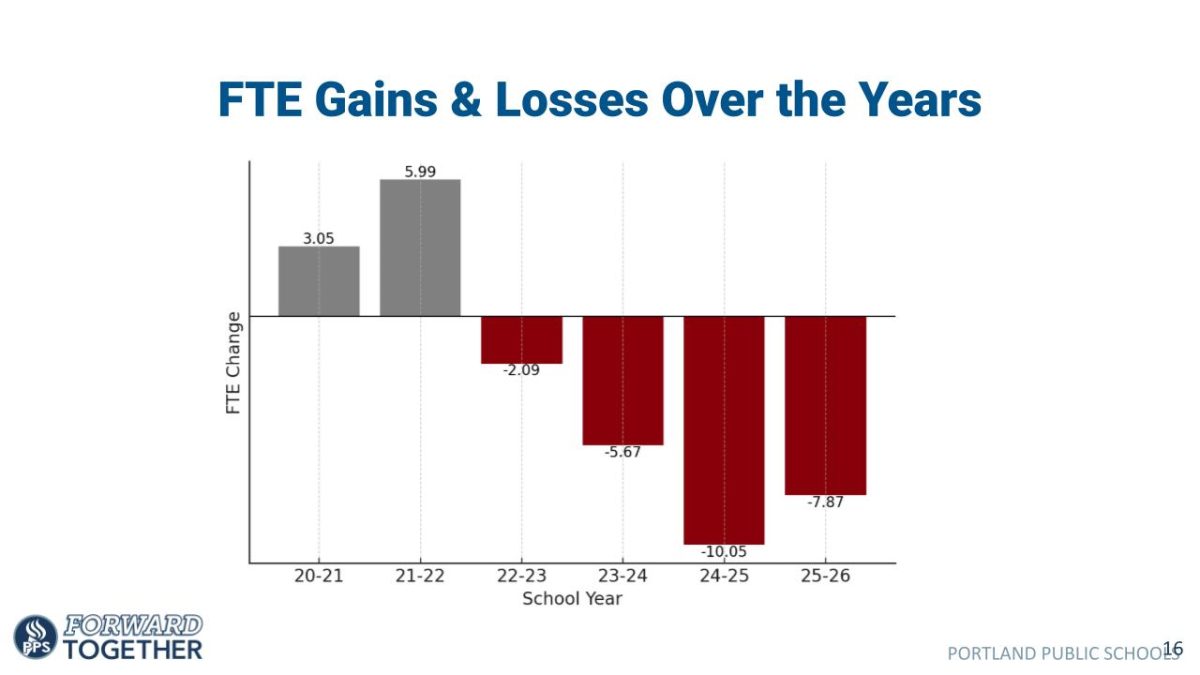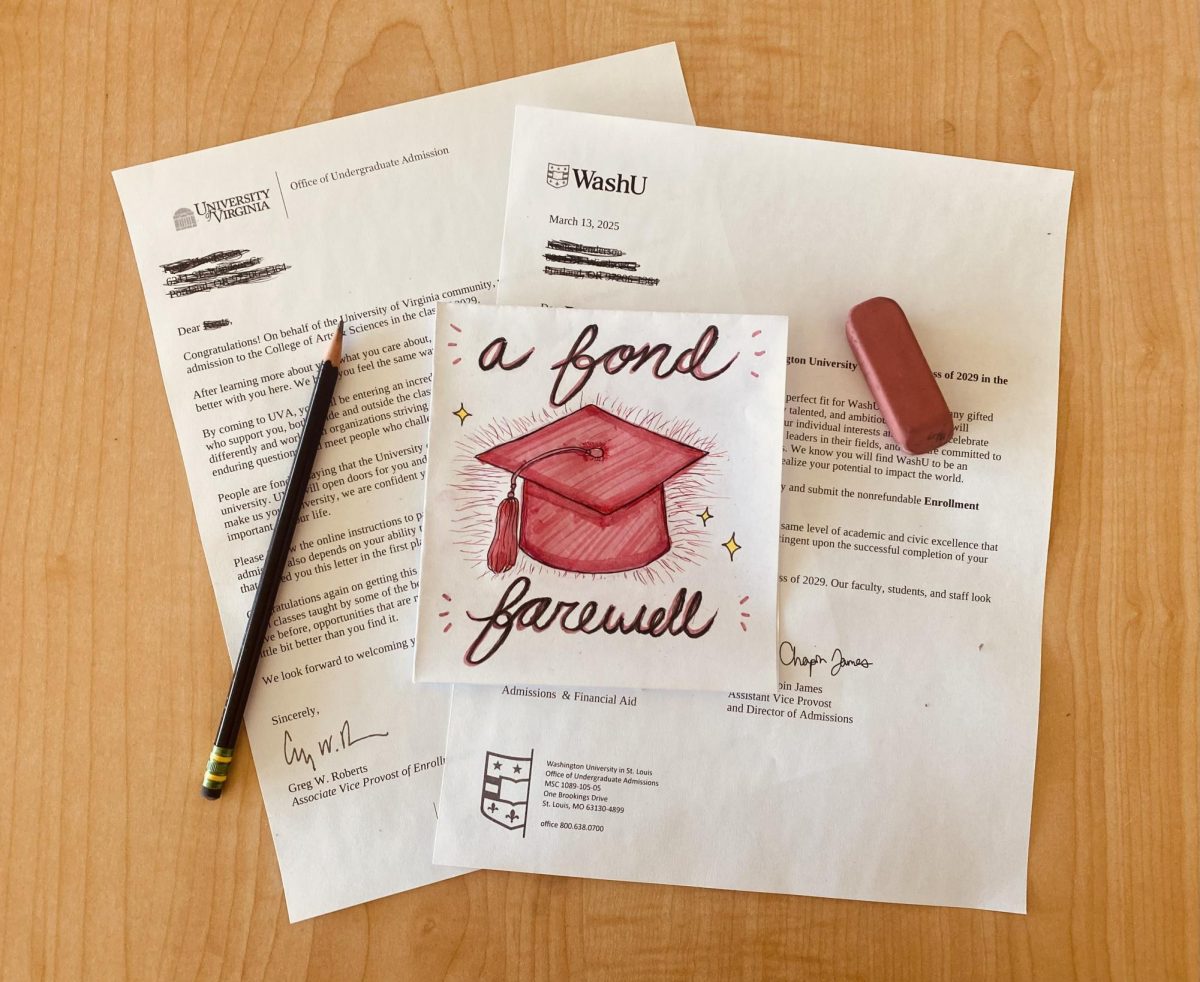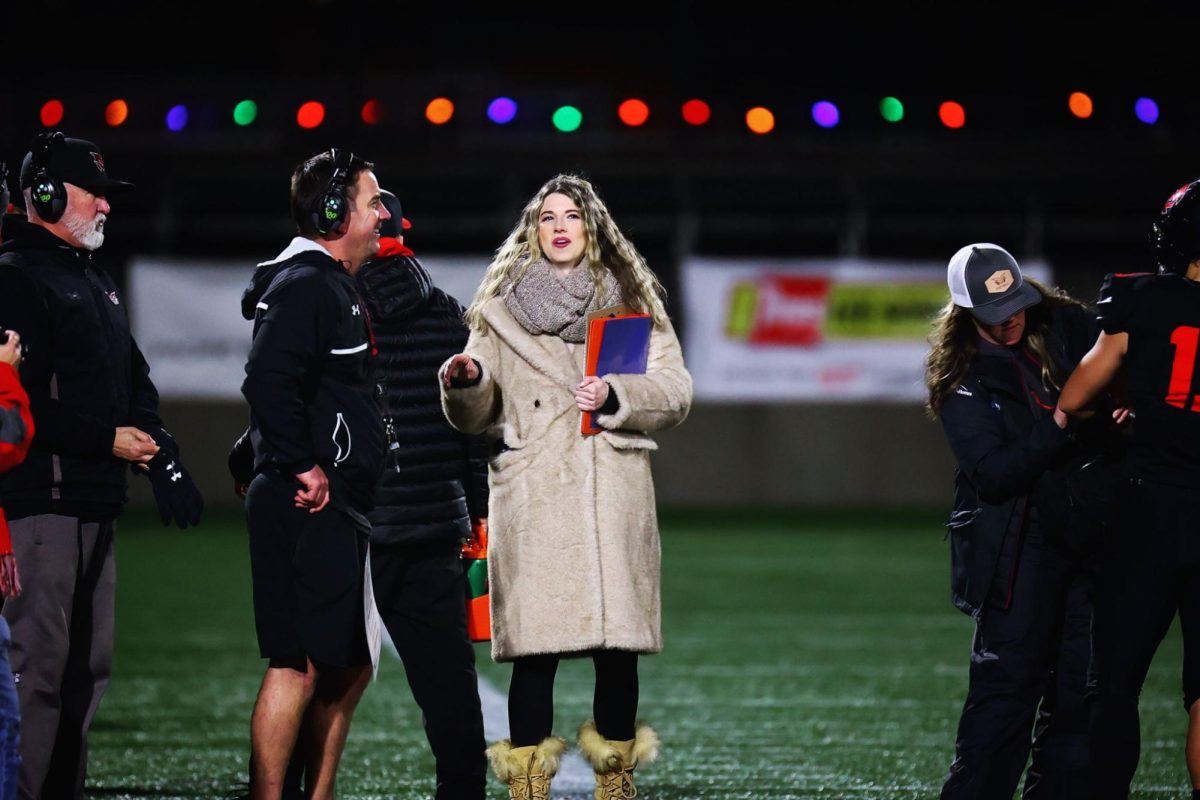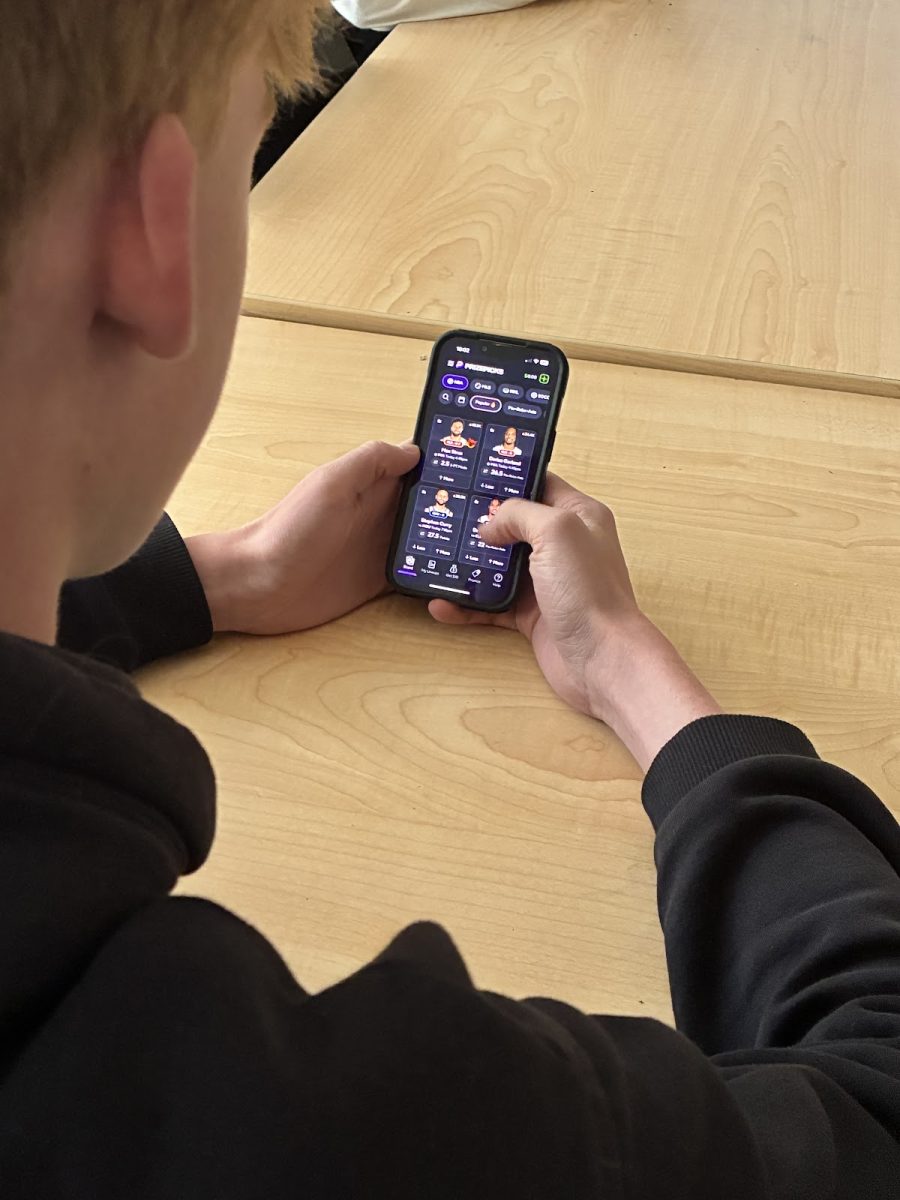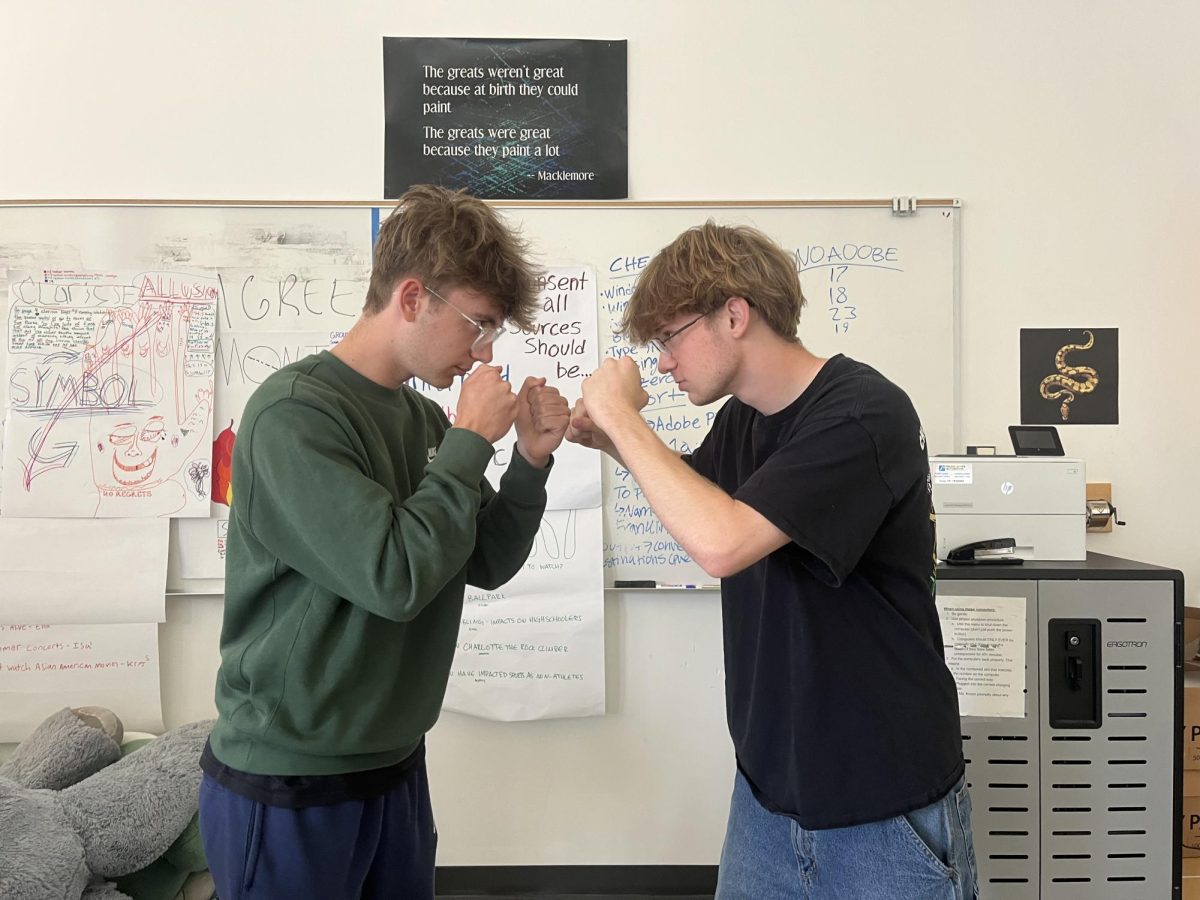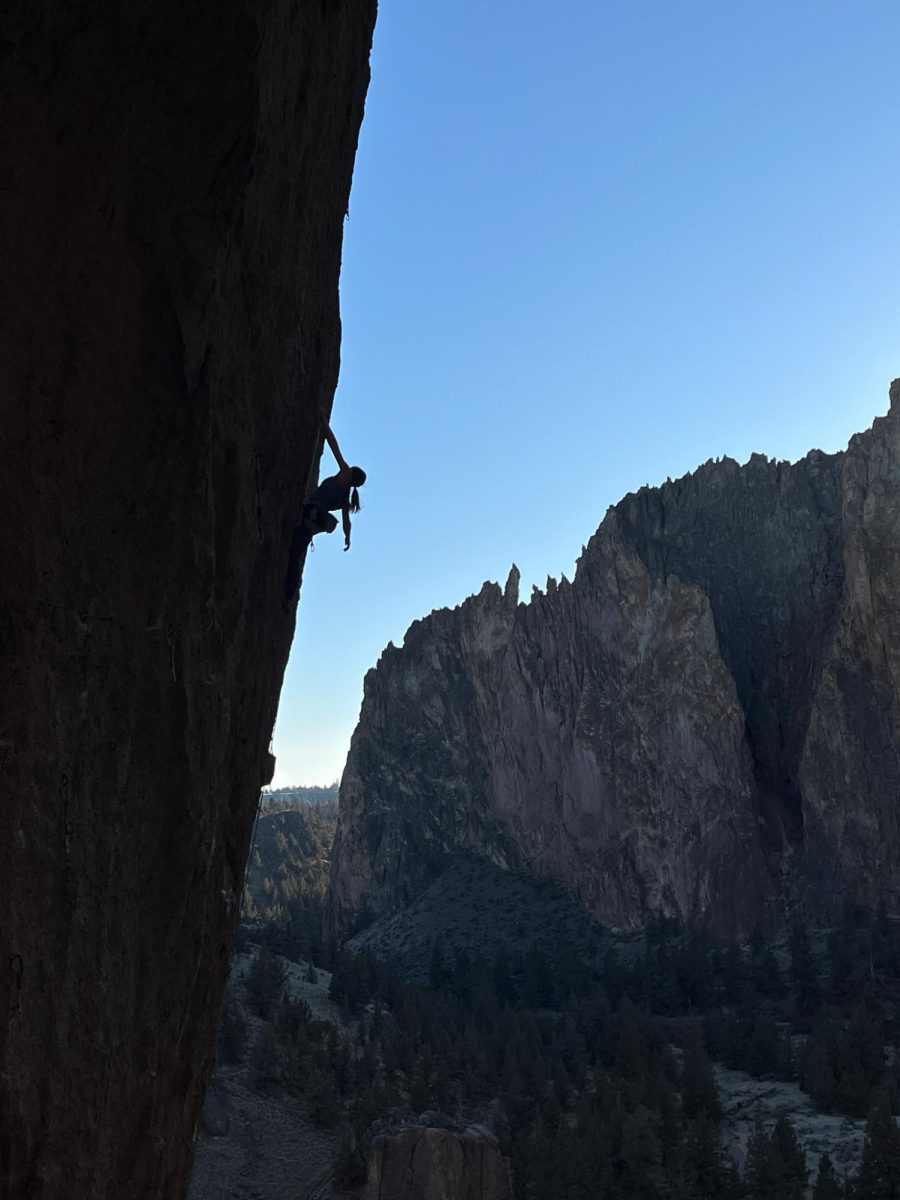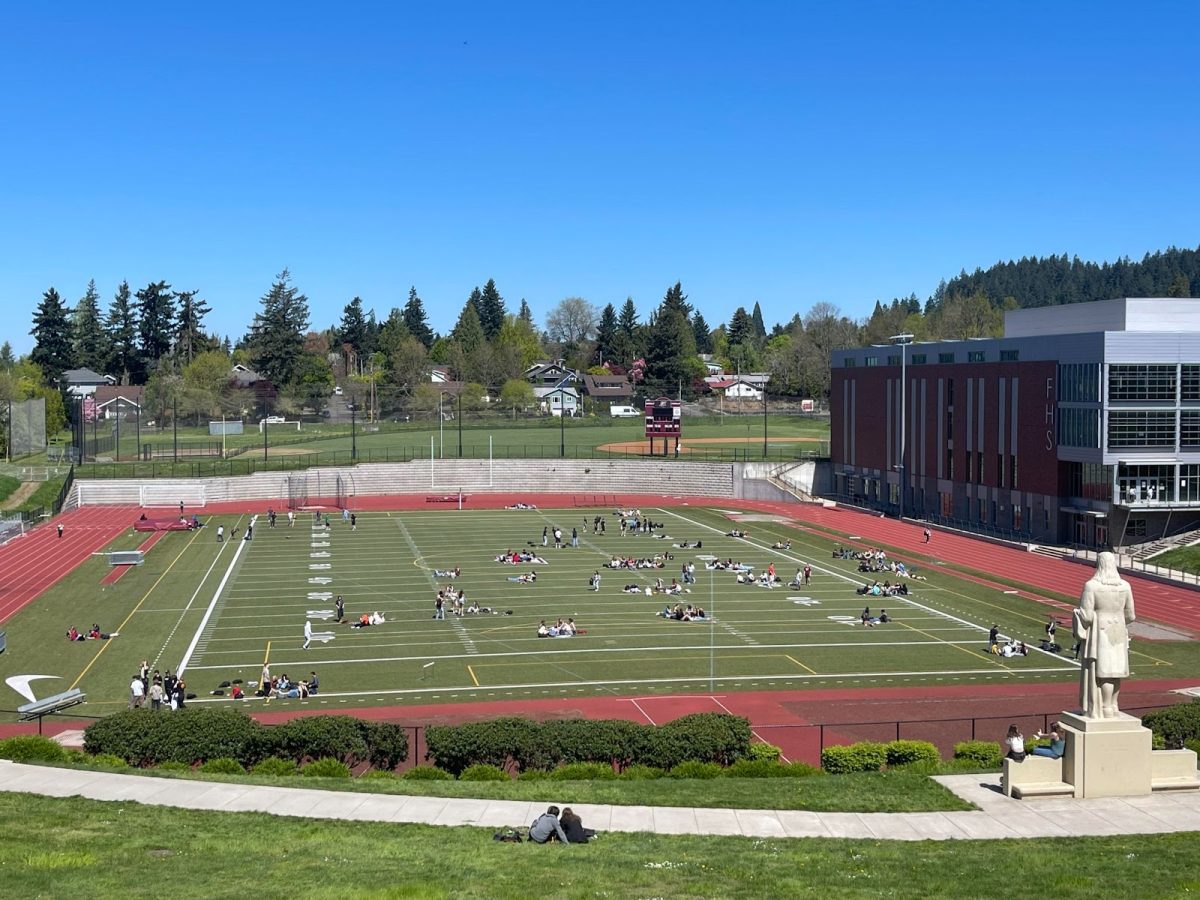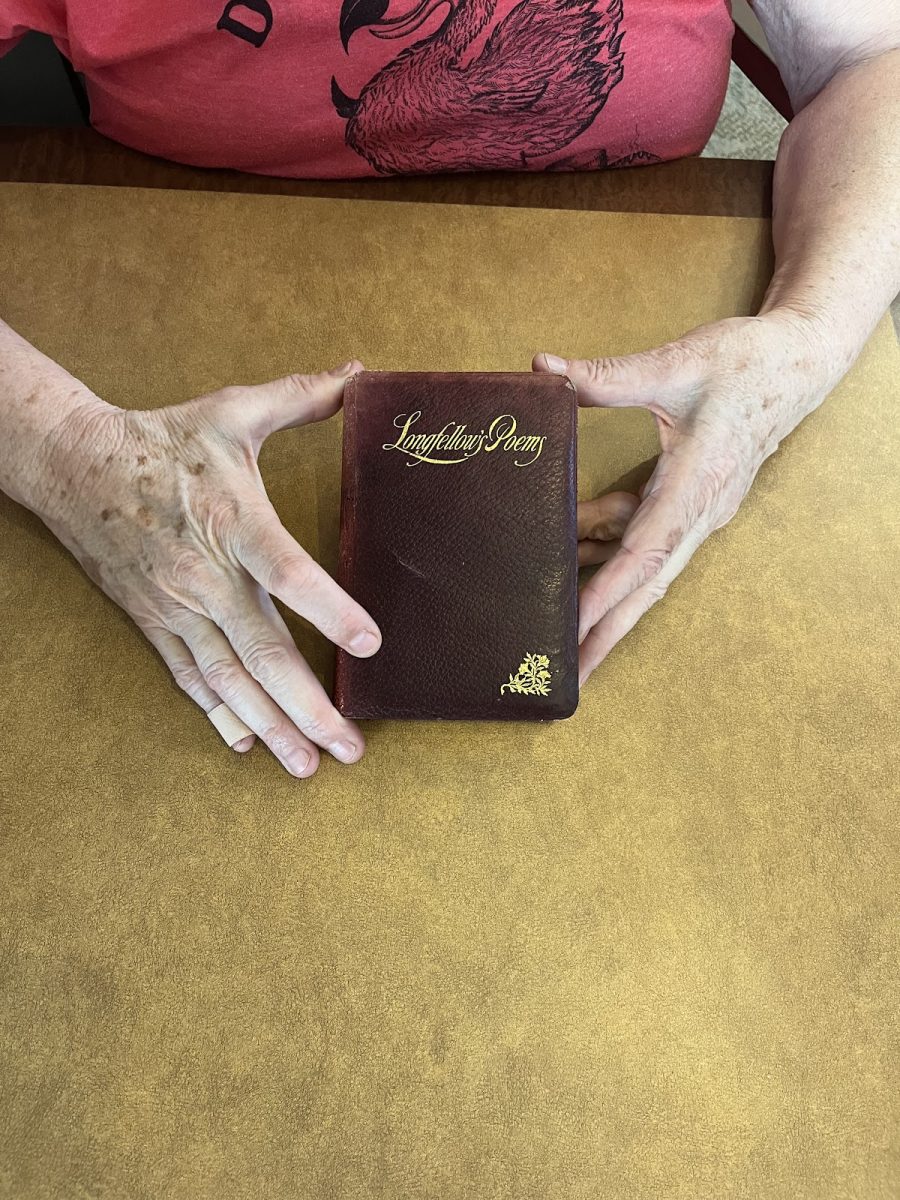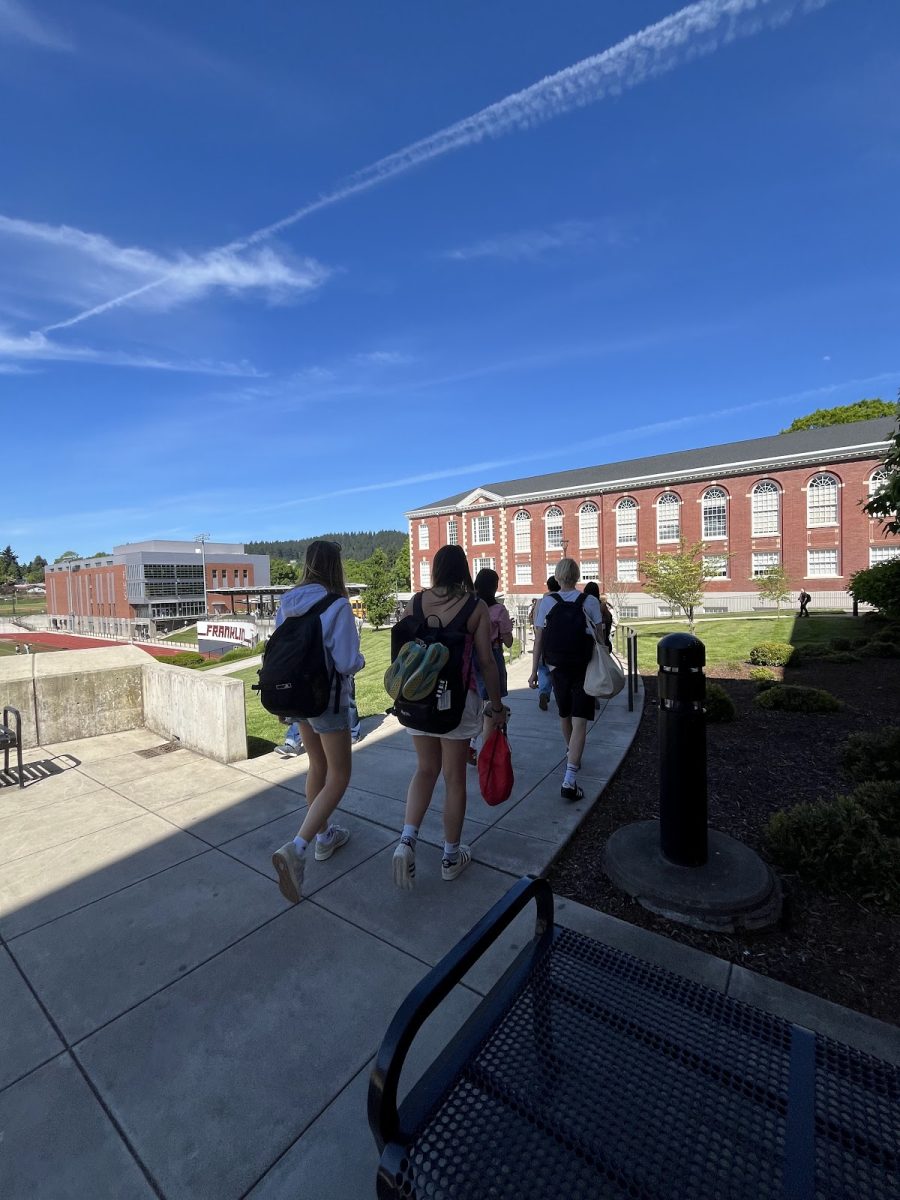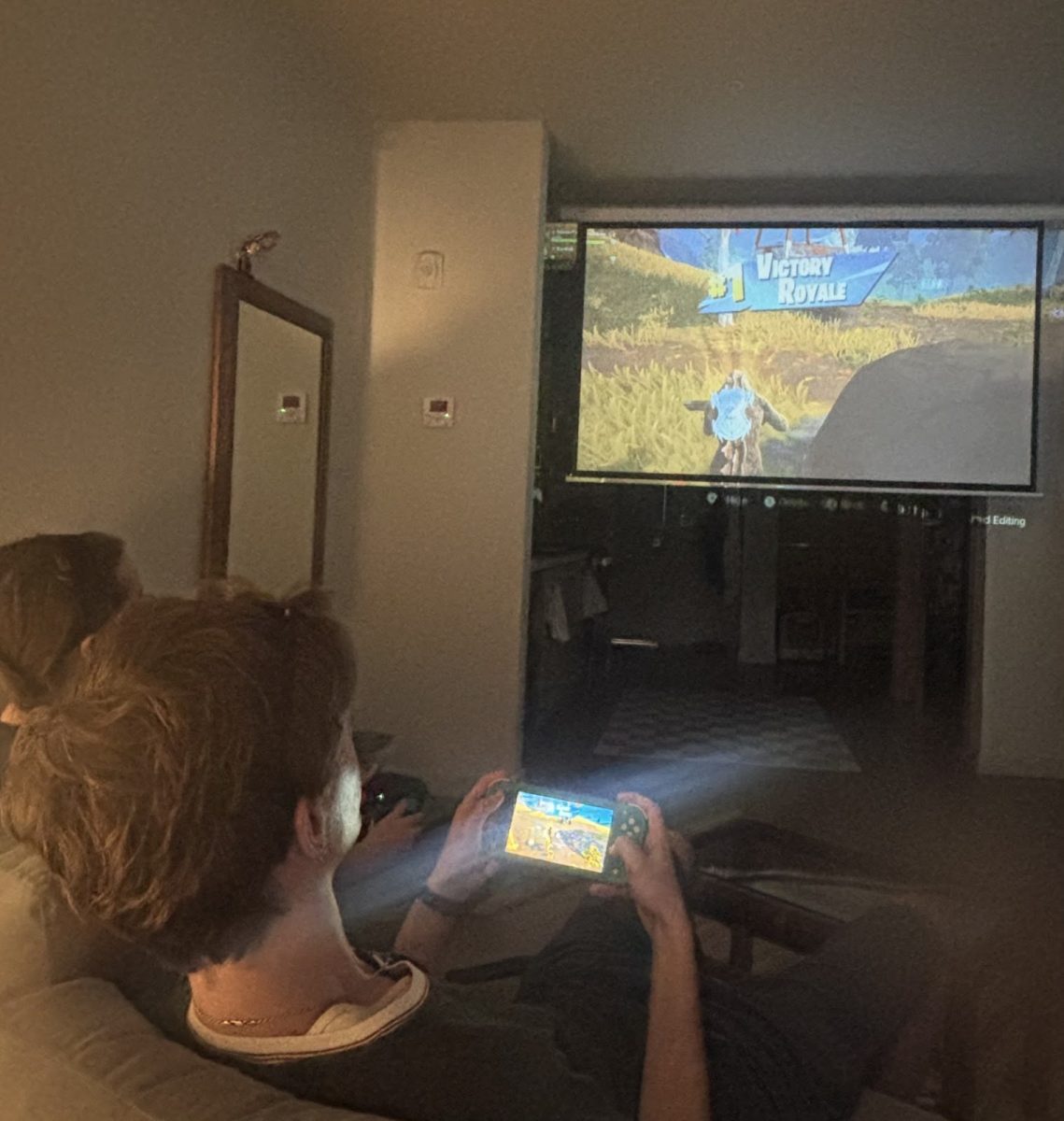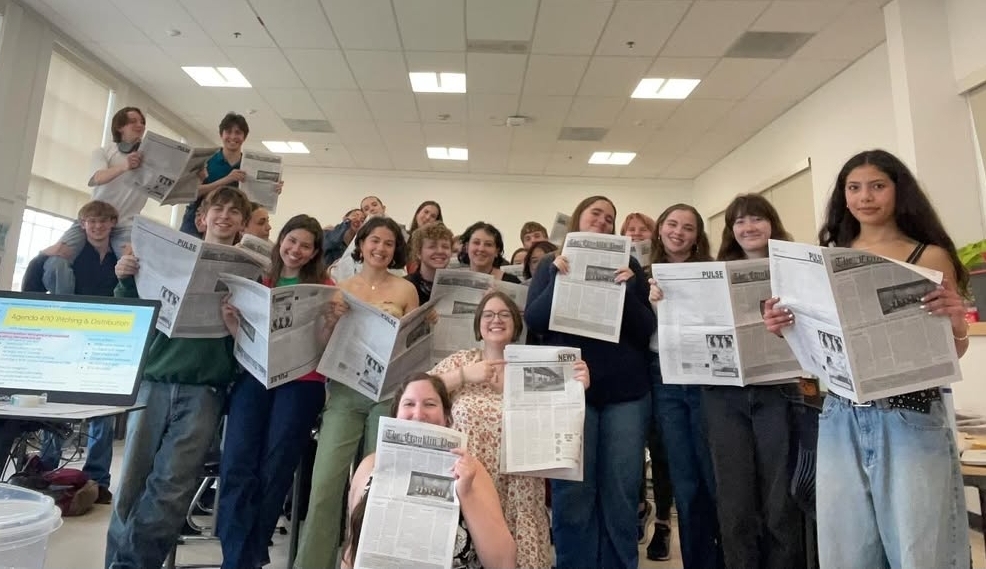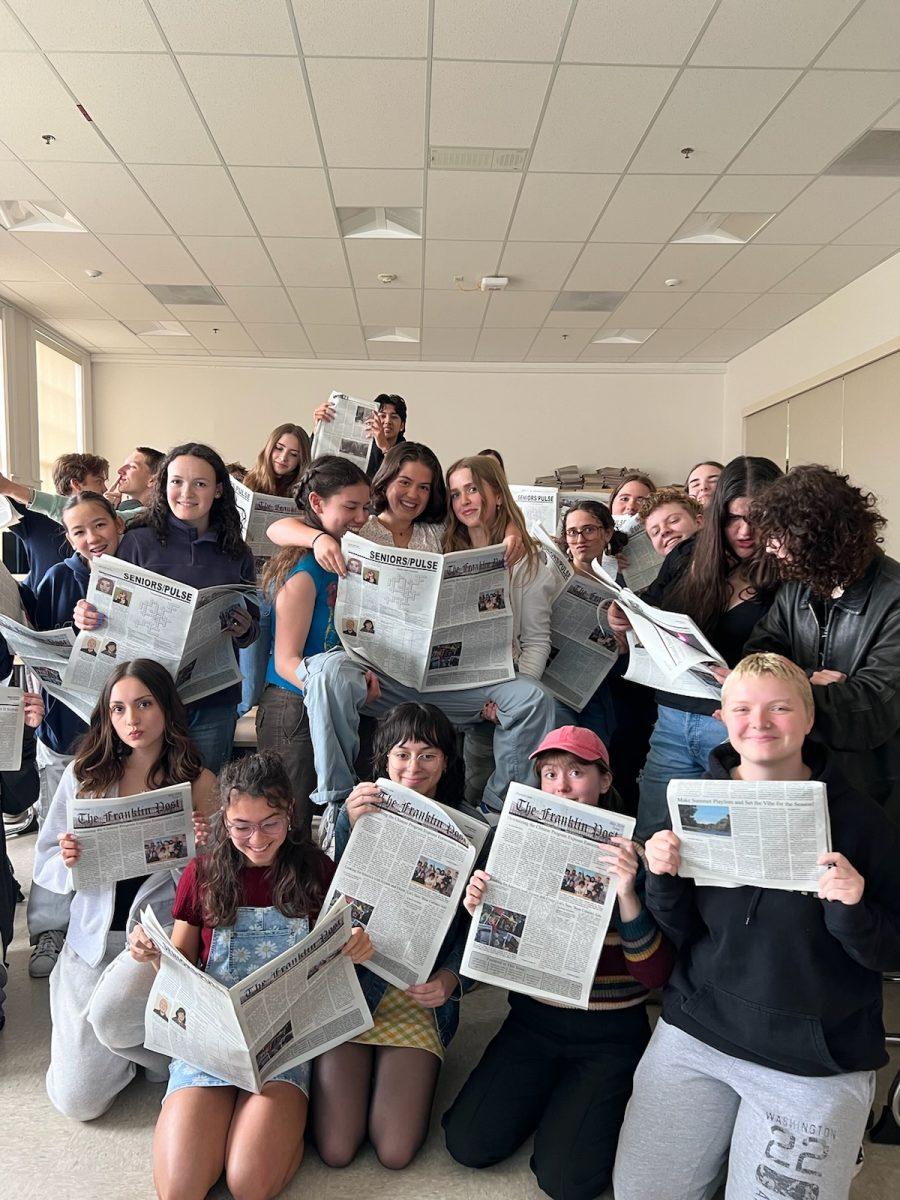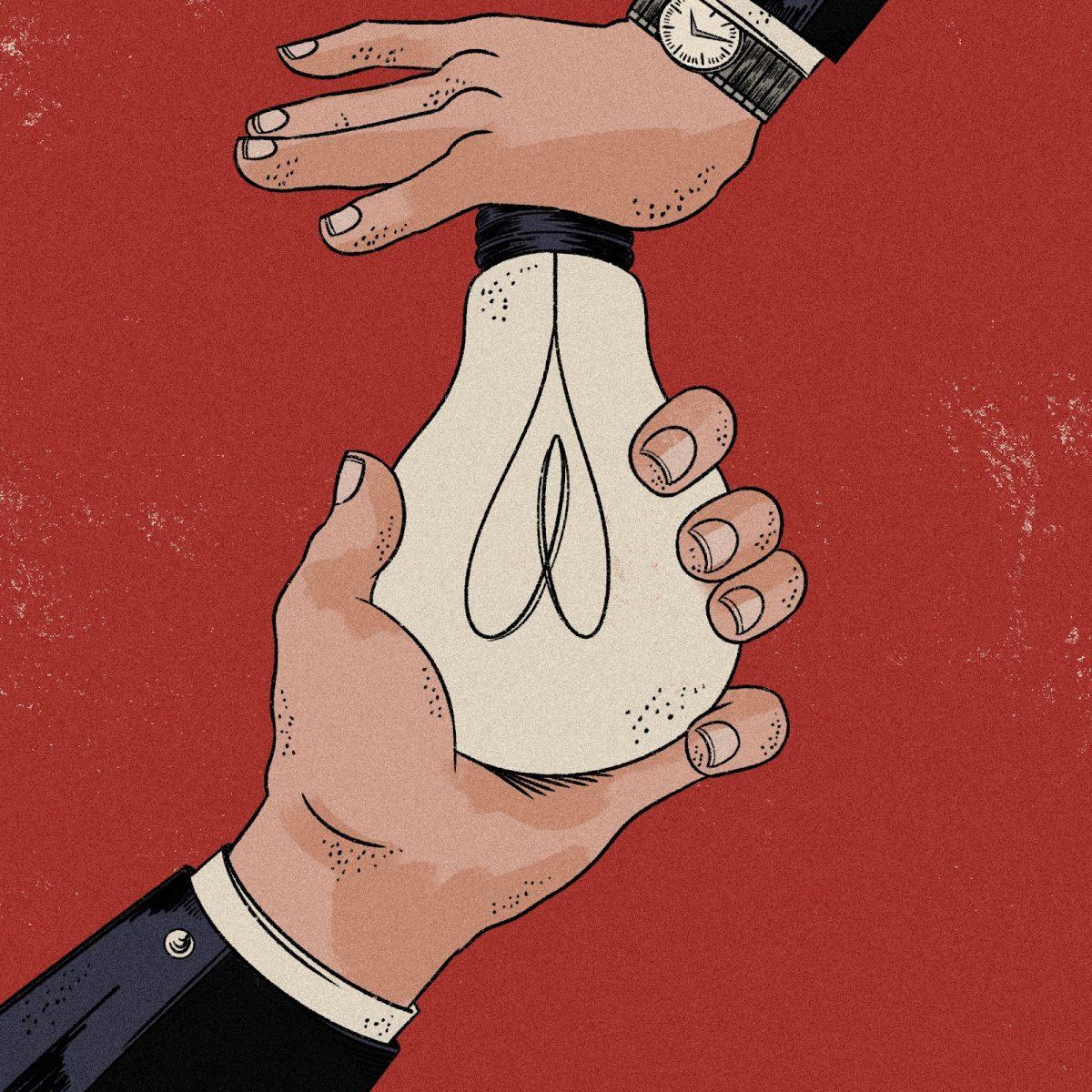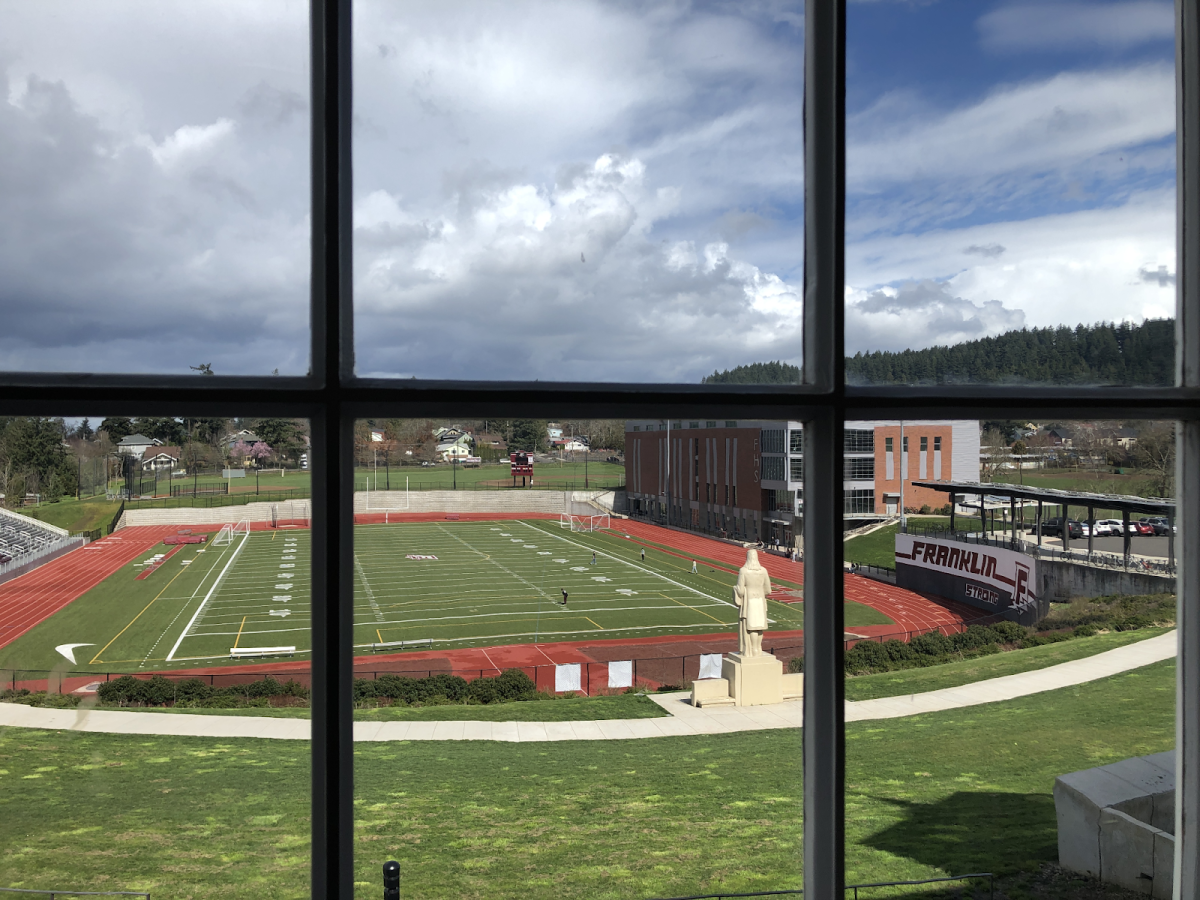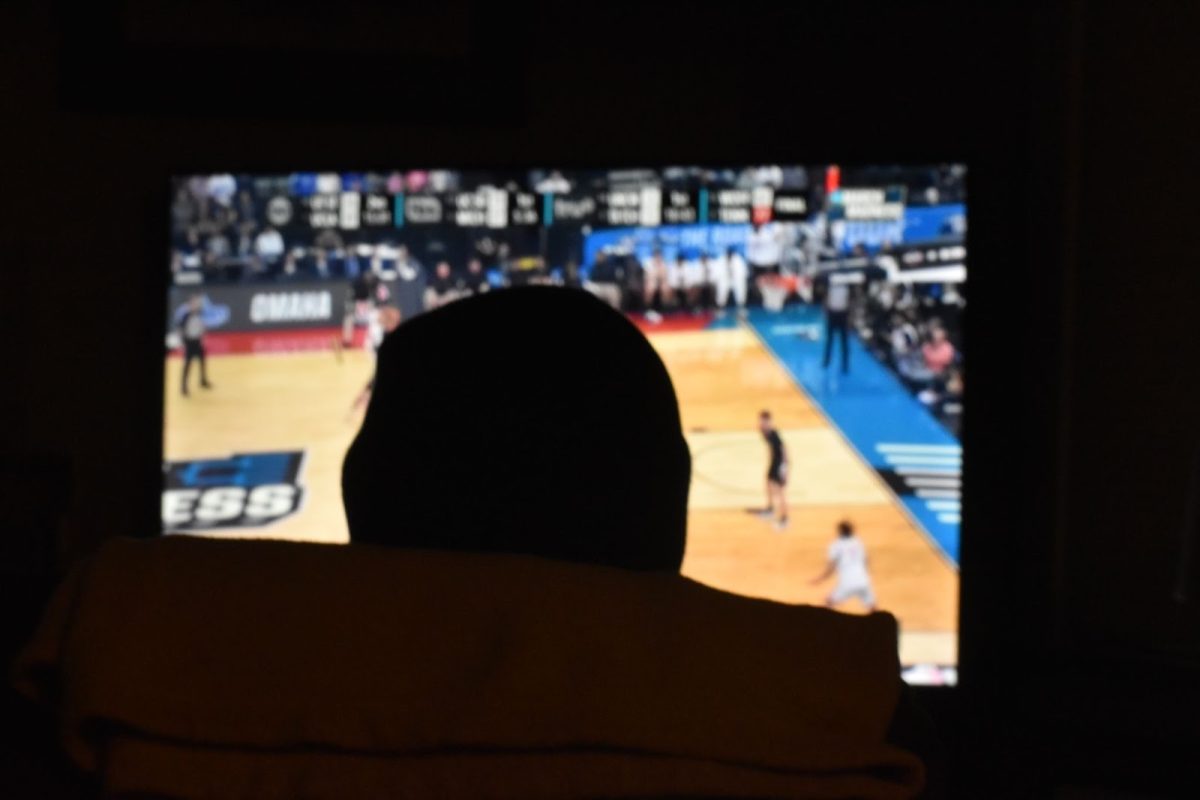
Disclaimer: The authors of this article participate in the soccer, volleyball, basketball, swimming, and tennis programs at Franklin. Consequently, some athlete and coach opinions are from their teammates or coaches. These opinions are represented as accurately as possible, but were collected from surveys with limited responses and therefore do not represent the whole of Franklin’s athletic population.
Participating in a school sport can be one of the main highlights of high school for some, and those students graduate and look back fondly on times spent bonding with team members, gaining new skills, and competing for their school. Franklin is no exception; a large number of students participate in sports every year.
However, some Franklin athletes have reported feeling a sense of confusion about where money goes in the athletics department, and they have also felt left in the dark when it comes to information about sports and sporting events. When that confusion is present, frustration can arise, which has become apparent as some athletes have pointed fingers at their coaches, the athletic director (AD), the school administration, and the district.
The Franklin Athletic Boosters (FAB) raise additional funds for Franklin sports teams. FAB’s goal is to “increase community participation in athletics by building school spirit and raising money.” FAB board members: Jill Grassman, Dina Birmingham, and Savannah Paz explain that, “normally, FAB funds bigger ticket items that will stay with a program for an extended period of time. For example, FAB doesn’t fund warm-up gear or sweatshirts for individual athletes.” Bigger ticket items for prolonged use by athletics programs include: starting blocks for track and field, pole vaulting poles, sideline shelters, equipment bags, and ball machines for tennis and basketball.
Athletics costs for things like uniforms can often fall, at least partially, on athletes and their families. According to Matt York, the Franklin AD, the general Franklin Athletics program has a contract with Nike that supplies money for uniforms. Teams are supposed to wear them at all games, even though they aren’t always provided. For example, the volleyball teams are not given Nike shorts, but aren’t allowed to play without them. “Spandex bottoms would be similar to soccer socks, baseball hats, football socks, etc.,” York continues, “We do not check those items in and out either, but [they] are considered part of the uniform in those sports. [When] playing sports, there are assumed costs within each program.”
Megan Humphreys, the Franklin Varsity Cheer Coach, remarks that money “can be a big barrier for athletes and families.” For cheer, uniforms cost around $186, poms $16, and other gear (warmups, shoes, shirts, shorts for under skirts) can cost upwards of $150. Cheer uniforms don’t receive FAB funds for uniforms because they do not fall into the category of items that remain within the program. According to Humphreys, the uniforms are “bought to own, largely because they are tailored specifically to the athlete’s body measurements.” Because of this, cheerleaders are required to pay for almost everything. In the past, Humphreys explains that they would receive a “Nike fund of around $1,500” which they did not receive this year for reasons currently unknown to her. Additionally, while the cheer team doesn’t receive uniform funding from FAB, they “typically would receive funding from [the] district to pay for cheer shoes (typically around $65 per athlete),” says Humphreys. This year they also did not receive that funding for unknown reasons.
Another example of uniforms that are not provided by the school are swimsuits. York explains, “at the high school level, we cannot purchase Nike swimsuits as they are not available through Nike with our Nike Contract.” Students are not required to wear Nike swimsuits. York adds, “in my experience, Nike funds have been used in other capacities within swim programs with examples being travel gear or swim jackets.” Travel gear and swim jackets were not provided this season, but could be purchased individually.
To raise money for the items they do fund, the FAB sells concessions and tickets, as well as manages sponsorships, memberships, and donations. The FAB board members state that “concessions have been the biggest and most consistent moneymaker for the organization.” Due to COVID-19, the FAB is currently only able to open outdoor concessions.
The concession stands are run entirely by volunteers at Franklin’s turf and baseball fields, and inside the gym. While men’s basketball consistently provides the most volunteer hours every year, according to FAB, all teams are asked to provide volunteers for a certain number of shifts. Expectations for the number of participants are based on the size of the program. The money earned from concessions is deposited into a general fund. Selling tickets is another avenue through which FAB raises money. The district awards FAB $25 per volunteer working ticket sales.
FAB membership fees have been put on hold due to the COVID-19 pandemic, but would normally also contribute to the general fund. Sponsorships are based on annual donations that provide sponsors with opportunities for advertisement, monthly newsletters, and ‘Sponsors Only’ discounts on FAB events and gear. There are different levels of sponsorship, depending on the amount donated, with the lowest level costing $300 to advertise digitally on the homepage of FAB’s website. The highest “Platinum Level Sponsorship” costs $1200 and offers the sponsor a personalized sign in the gym and on the Franklin turf field. This revenue also funnels into the general fund.
The money in the general fund is accessible by request for head varsity coaches and the AD. If a coach places an approved order, FAB will pay the invoice or reimburse them. Money from FAB was available the entire 2021 to 2022 school year.
Each team also has a Student Body Funds (SBF) account. According to York, these accounts are generally used for anything that benefits students directly, such as team functions, bonding events, and meals. FAB states that “this fall, FAB deposited $300 in each team’s SBF account to use at their discretion.”
York became the AD this August, therefore has not been involved in funding decisions in previous years. Though at this point in time, he says that “[all the sports are] funded by the district this year.” All funds are dispersed under the advisement of York, who describes a signature process that ensures that “there’s always two or three eyes on when money gets spent.” The bookkeeper, business manager, and the principal must also sign off. He allocates funding from the district that has to last through three seasons, but there’s also money that the district athletic office spends on equipment or uniforms. Each athletic team receives funds that are proportional to their needs. However, if a team is lacking something, he hopes that coaches will communicate what they need so he can get it to them.
Even with all of these avenues for monetary support, feeling a lack of resources was prominent in a survey of some Franklin athletes and coaches. Out of 45 student responses, in which Franklin athletes shared their experiences with school sports, roughly a quarter of the complaints about funding revolved around alleged prioritization of men’s sports. Most female athletes felt upset over a perceived pattern of discrimination similar to that which has appeared in higher-level sports.
Many other athletes answering felt undervalued when compared to athletes who participate in other Franklin sports, even if they were on varsity. “Wrestling is treated second class due to the lack of knowledge about it,” says Wrestling Coach Kilsi Naanee. This is a sentiment shared in other sports. Audrey Bederka, a Franklin women’s soccer player, echoes Naanee’s frustration, saying, “a lot of girls on the soccer teams have always felt we get secondhand treatment to the football team and boys soccer program.”
One way that school teams gain visibility is through the FHS Principal’s Newsletter, compiled by the PTSA, which is sent out weekly by email to students and families. Anyone can submit relevant items to be run for two to three weeks in the newsletter. Amber Wagner, the PTSA Communications states that, “Any coach is welcome and encouraged to fill out the Google form to submit a season recap for the [full] newsletter.” The submission process is straight-forward: applicants have to fill out a one page Google form or email Wagner at [email protected]. While the form is targeted towards staff, athletes and students are welcome to submit. A link to the consistently updated Oregon School Activities Association (OSAA) schedule is provided underneath this statement but game schedules are not included in the newsletter as they can evolve quickly over time.
FAB also has its own newsletter. FAB’s website only links to newsletters from 2019 and earlier, but you can sign up to receive the newsletter monthly.
Another way to gain information about athletics is Instagram, and like the newsletter, the @fhs.leadership account is mainly submission based. Anabelle Jukkala, ASB Publicity Chair who manages the leadership Instagram account, says leadership typically checks OSAA for accurate information about games but they encourage people to make submissions to be posted. She adds that they “make a strong conscious attempt to post all events of any category.” As long as something is accessible and aesthetically pleasing they will post it, and next year she and her new co-publicity chair “plan to implement a weekly post of the schedule/events of the week, so everything will be posted and not as selective/randomized.” This year, in order for Jukkala to post about a sporting event, athletes and coaches need to make a design for a post and submit it through Instagram direct messages, or through the Google form linked in @fhs.leadership’s bio.
Athletes also turn to individual sports accounts for more specific team-related information. Every sport has an individual account with the exception of men’s golf. They help clarify game/competition times and contain pictures of the players in action, building community.
Another app that students can find athletic information on is Trivory. Trivory has a wide variety of announcements about clubs, academics, and sports. According to Administrative Assistant Elizabeth Avila, athletic information comes directly from OSAA and is not entered by Franklin administration.
The Franklin Post is yet another way to gain sports information, especially things like season previews and wrap-ups, as the Post is a monthly publication. As in any program run by humans, there is bias. Joseph Howitt, one of the Franklin Post Sports Editors, acknowledges this, saying, “It’s hard having equal representation of every sport [within the Post].” This is because the Post has all of its writers pitch stories they are interested in writing and the stories often end up being whatever writers feel the most prepared to write about. Out of the athlete survey responses, cross country runners were the only ones who listed The Post as a way they felt represented. If Howitt hears that a certain sport feels underrepresented he will suggest writing an article about it during article pitching. Ultimately it is up to the writers because their story topics are selected by them. If athletes desire a feature on their team or a specific aspect of their season they can email the Post at [email protected], which will allow editors to have topics on their radar.
Besides communications about games and team successes, support on gameday can contribute to athlete morale. Cheerleaders can help raise the energy, yet some athletes feel that they have missed out on that extra energy boost. With only two teams and a total of 23 cheerleaders on the roster, there are not enough to cover every game when compared to the number of other sports. Humphreys acknowledges these issues, saying, “We need to be better about supporting all sports and making ourselves known to the rest of the student body.” In a normal year, cheer would perform at assemblies, and attempt to perform at soccer and volleyball games. However, this year they were only able to attend the basketball (women’s and men’s) and football games, due to numerous challenges. They also made it to a cross country meet, and while the cheerleaders couldn’t come to any swim meets, they did create a new chant for the swim team.
Publicity and staff support are necessary for all student athletes to receive the representation they deserve. This support comes from the whole Franklin community; athletes want to see their classmates, teachers, and other staff in the bleachers. FAB states that, “being present and engaged with our community, not only through athletic events but school-wide, creates a more supportive environment for Franklin students, staff and families.” Publicity and funding understanding and transparency, will continue to help Franklin build this supportive community.



